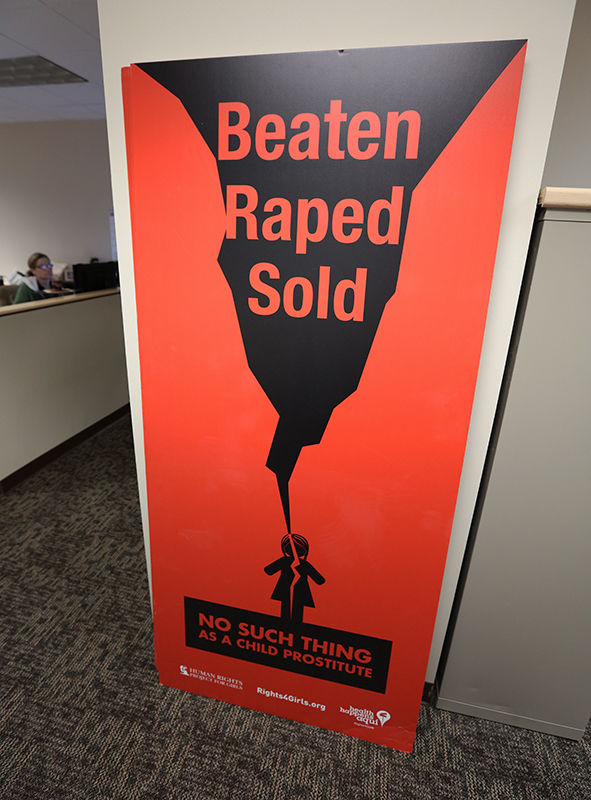“I was 18 when I started, and a guy that I knew actually introduced me into the life. I was going through family issues — wasn’t really seeing eye to eye with them. So I sort of gravitated towards the life because the family members I was missing I could replace them with the new people around me. The guy I met on the street became my father, and one of the other girls became my mother, who was a drug addict and also a prostitute. I had never met her and was living with my aunt and her family.”
This is the way Tracy Jackson and many other girls and young women get into “the life.” Her pimp boyfriend actually had two other girls in his stable.
“At the time, I was homeless in San Bernardino,” says the 28-year-old. “I was sleeping around with people so I would have somewhere to lay my head. And I just thought this would be a better financial arrangement. I wouldn’t have to worry about going from pillar to post. So it seemed natural and it didn’t morally bother me at the time.”
Living with her first pimp and his other girls, however, didn’t last. They kept getting into arguments. So she moved on to another guy, but left him, too. She moved to Las Vegas and went solo for a while. It felt good to be keeping all her money, along with the much faster paced lifestyle. Soon she was caught up in drugs, mostly crystal meth.
“It made it a lot easier for me with the client,” she points out. “I could do my drug and I could zone out. It was an out-of-body experience.”
After about a year, she met another guy with girls. And her addiction continue to grow. Then it was up to Oakland, where she hooked up with her fourth pimp. But after getting arrested, she was sent back to Los Angeles where she did two months in county lockup on outstanding charges.
Released, Tracy had no money and no place to go. Reverting back to what she knew, she met another guy. Then another.
“I was older and was starting to realize that it was a lot more dangerous than it looked,” she explains. “I was 24, 25. I had been pushed out of cars. I had guys rob me. All kinds of things that I was dealing with. And it just got to me.”
Then another prostitution bust. But this time she had a choice. It was either serving heavy jail time or going into something called the Mary Magdalene Project.
“When I first came into the program, I was so emotionally messed up, mentally messed up,” she admits. “I was fighting my addiction. I had some sobriety time, but I was self-mutilating. But I kept talking to Dr. [Stephany] Powell and her assistant. I came to the classes. I could get all the stuff that I had pent up throughout the week out. And somebody understood where I was coming from. And they didn’t judge me. So they planted a seed that I could get out of the life if I tried.”
Which she did a month ago, moving to Oklahoma City to live with her father.
“It really has been a journey out, and hard,” Tracy says, laughing. “There were plenty of nights I didn’t want to live anymore. There were plenty of nights that I felt like the pain in my heart would be better if I cut myself and I saw it bleed out. And a lot of times I asked God: ‘Why? What did I do so wrong for my life to be this way?’
“But the thing that I always kept in the back of my mind is my story could always help someone else. You have to be tired of being tired. You have to be ready to get out. But you can get out.”
Read more about human trafficking in L.A. County in this accompanying article: Inside the life: A closer look at sex trafficking in Los Angeles
and the effects of human trafficking here:

